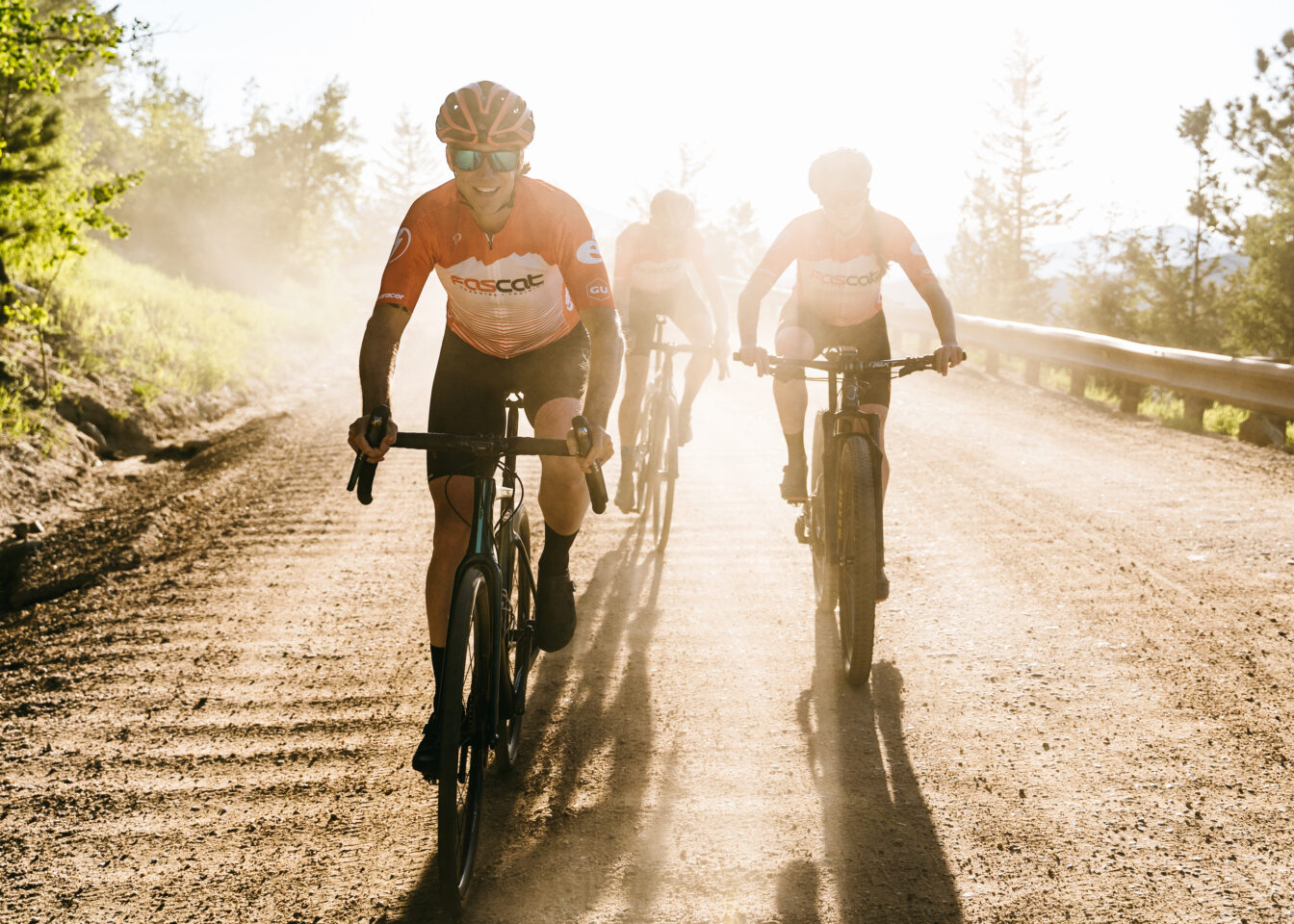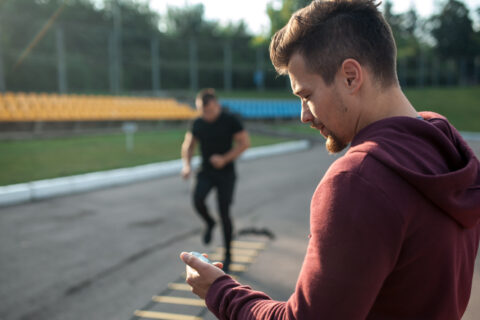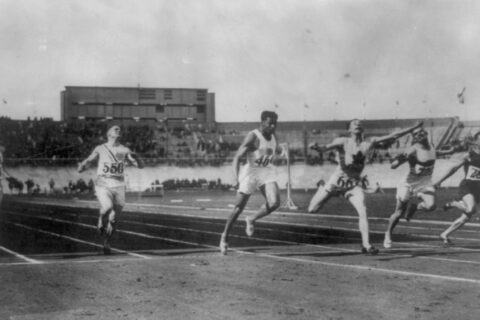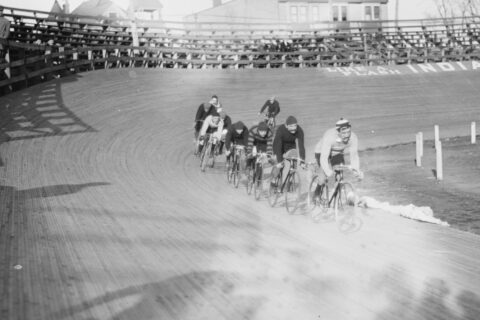Frank Overton and Mike Ricci share more detail about their marketing strategies, both of which place a strong emphasis on attracting athletes with solid training advice.
Frank Overton and Mike Ricci share more detail about their marketing strategies, both of which place a strong emphasis on attracting athletes with solid training advice.





